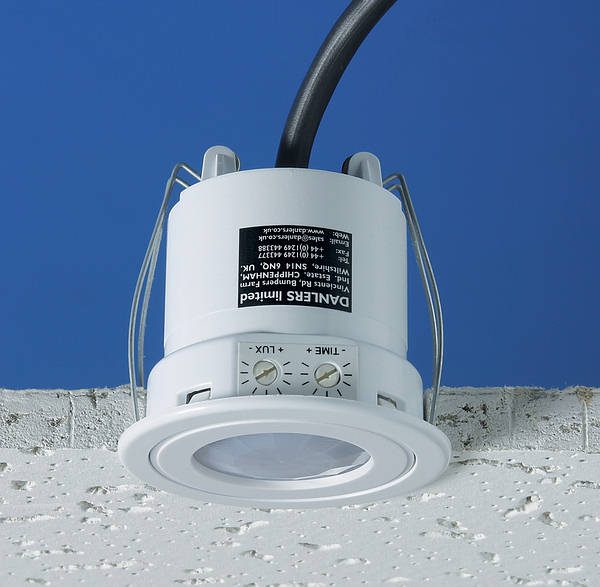Morning All,
I've got four of these in the house - two sensor switches, one dimmer & one bathroom switch.
They're installed behind tiles, making sure that they are isolated from damp grout by fixing the tile with silicone. Damp affects the capacitance and has strange effects. As they're behind the tiles, then strictly speaking they're not in the bathroom, so can be treated as "outside the zones". I DI'd them by silconing an old credit card to the tile, and then siliconing the switch to that.
They all work well, but have different sensitivities - ie they switch at different distances between the hand and the tile. The dimmer takes a bit of getting used to. Occasionally, a light will switch off for no reason, but touching the tile always turns it on again.
Things to think about in the installation:
1. The LV switches need protecting by a fast blow 2A fuse. The mfr can supply these, but they are cheap & nasty; the sort of inline fuse you would expect to get in Motorworld. Finding somewhere to put it can be a pain as well. I eventually used these in a little DIN rail enclosure:
http://www.rapidonline.com/Electric...fuseholders-for-10-x-38mm-fuses/35047/kw/fuse
http://cpc.farnell.com/bussmann/ktk-2/fuse-fast-acting-2a/dp/FF01107
They don't have a BS number, so strictly speaking can't be used as the sole means of overload/SC protection, but if the light cct is already conventionally protected (eg B6 MCB) then that's ok.
Make sure it's accessible; believe me, you will need to change the fuse when an incandescant blows...
2. The LV switches all have screwed connections, meaning that they should be accessible for maintainance. I've stretched a point by reasoning that the tiles can be removed with a stanley knife.
3. The LV switches can't switch cfl's. They need a minimum 40w load as well. I tried using one to switch a contactor for some cfl's and a 300w mirror heater, but the rate of voltage rise is quite slow (gives a nice soft start effect !) and caused the contactor to buzz. Solution was to use the "bathroom sw" which has a relay 230V op, and a ELV switch (5V I think).
4. The bathroom switch box is a PITA to work with. It's made of hard plastic, and the cable entries are too small for 1.5mm 6424Y cable, so it's hard work with file/stanley knife/sandpaper to make them big enough. Bell wire (for the switch) would fit but as the wire comes into an enclosure where LV is present, the cable must be insulated for LV, so you're back to 6424Y cable.
5. Then you realise that the lid has a lip, which means more scraping...
6. Then you realise that the pillars for the fixing screws for the lid are directly in line with cable entries...
7. Finally, the tunnels for the fixing screws are too narrow for the bit holder on your drill.
8. The LV switch has some tails, but they are fine stranded 0.5 or 0.75mm2 flex, so joining them to t&e is interesting. I put a boot lace ferrule on them, and then used red butt crimps. You could use chock blocks, but remember to allow access for maintainance.
9. Don't put them where they can be splashed or use dripping wet hands to switch them. Think about where they'll be !
The chap at sensor switch is very helpful - gave me plenty of advice over the phone when the dimmer wouldn't work (manufacturing error !) and allowed me to exchange one ofthe switches for a bathroom switch (with extra £££ !), even though I had already installed it. Got most of the silicone off !
All in all, they're pretty good, though the detail design (to faciltate installation and make it easier to comply with BS7671) could be improved.
Everybody who sees them is impressed; particularly as my wife commissioned some 6" tiles for the switches that cost more than the switches !
Hope this helps, David




